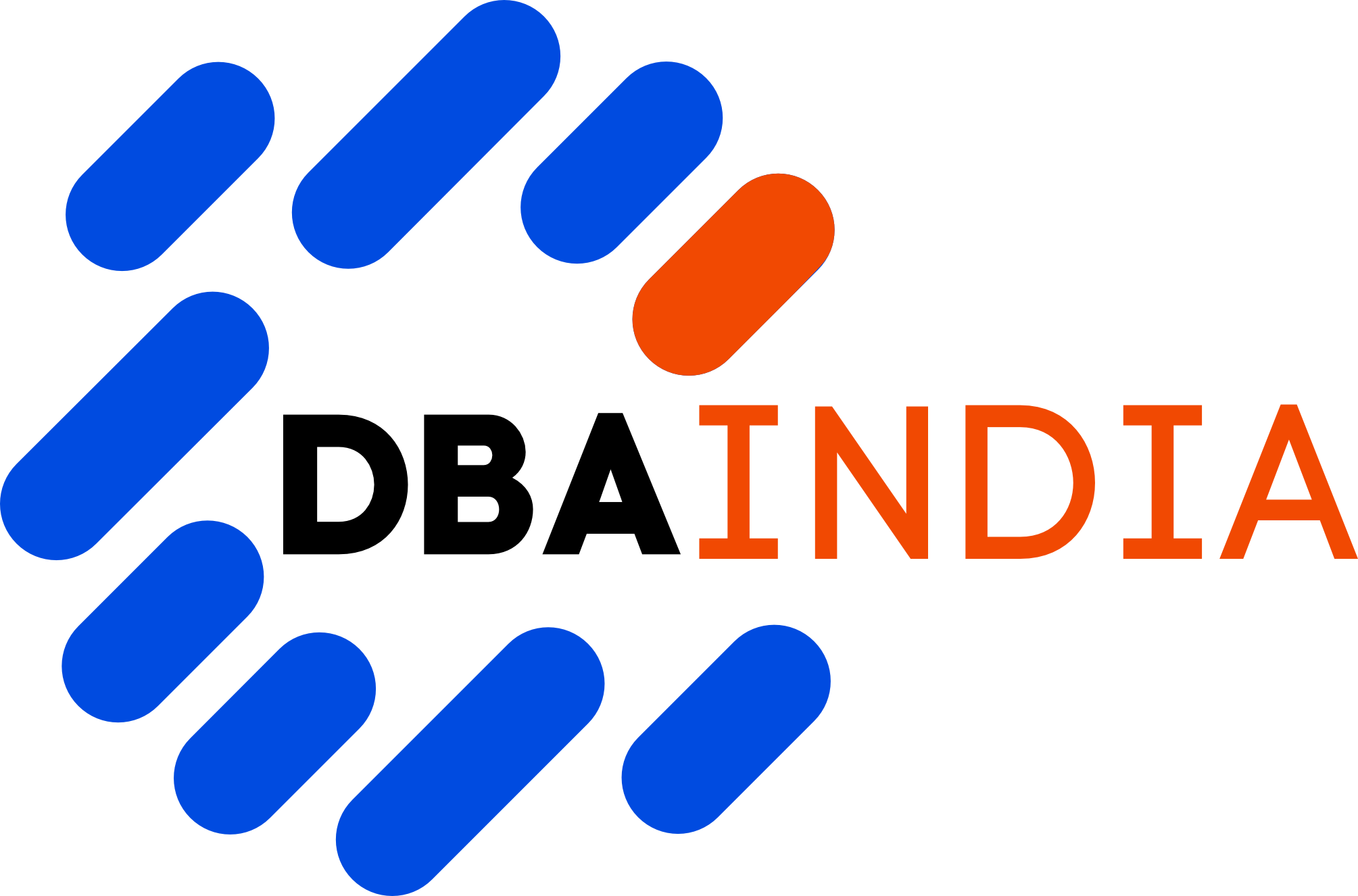App development, short for application development, refers to the process of creating software applications for mobile devices such as smartphones, tablets, and wearable devices. These applications, commonly known as mobile apps, serve various purposes ranging from entertainment and productivity to communication and utility.
Over the last 4 Years DBAI made an impact that creates strong Business
Key aspects
1. Platform Selection
App developers typically choose one or more platforms to target, such as iOS (for Apple devices like iPhones and iPads) or Android (for devices running the Android operating system). Each platform has its own programming languages, development environments, and guidelines.
2. Native App Development
Native app development involves building apps specifically for a single platform using platform-specific languages and tools. For iOS, developers typically use Swift or Objective-C, while for Android, Java or Kotlin is commonly used. Native apps offer high performance and full access to device features but require separate codebases for each platform.

3. Cross-Platform App Development
Cross-platform app development allows developers to write code once and deploy it across multiple platforms, reducing development time and effort. Frameworks like React Native, Flutter, and Xamarin enable developers to create apps that look and feel native while sharing a single codebase across iOS and Android.
4. Web App Development
Web app development involves creating applications that are accessed through a web browser on any device with internet connectivity. Web apps are built using web technologies such as HTML, CSS, and JavaScript, making them platform-independent and accessible across a wide range of devices.
5. Hybrid App Development
Hybrid app development combines elements of both native and web development. Hybrid apps are built using web technologies but are packaged as native apps using frameworks like Apache Cordova or Ionic. They offer the flexibility of web development with access to native device features.
6. User Interface (UI) and User Experience (UX) Design
Designing an intuitive and visually appealing user interface is essential for app success. UI/UX designers create wireframes, mockups, and prototypes to design the layout, navigation, and interaction flow of the app, ensuring a seamless user experience.
7. Testing and Quality Assurance
Thorough testing is crucial to ensure that the app functions as intended and is free of bugs and errors. Developers conduct various testing procedures, including unit testing, integration testing, and user acceptance testing, to identify and address any issues before release
8. App Store Deployment
Once the app is developed and tested, it is submitted to the respective app stores (e.g., Apple App Store, Google Play Store) for review and approval. App store guidelines must be followed to ensure compliance with policies and regulations.

At Digicove our culture comes to life through three core values:


